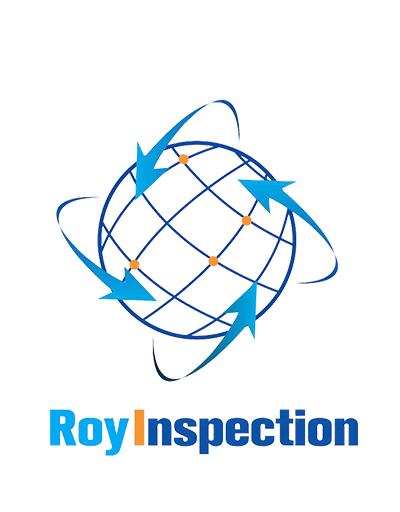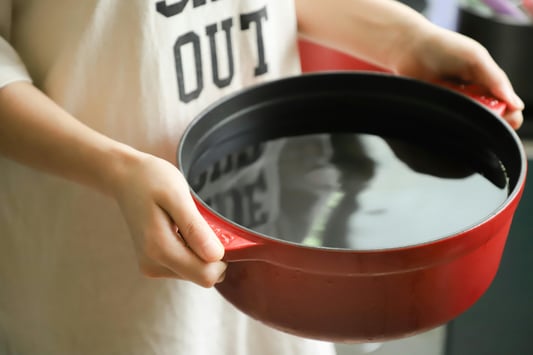Why double bed inspection is Necessary Double bed inspection is essential to ensure that the bed is safe, sturdy, and functional. Regular inspections can help prevent accidents and prolong the lifespan of the bed.Checking for Signs of Wear and Tear During a double bed inspection, it is important to look for any signs of wear and tear. This includes checking for loose screws, broken slats, or damaged frames.Inspecting the Mattress The mattress is a crucial component of a double bed. During an inspection, make sure to check for any signs of sagging, lumps, or damage. It is also important to check for bed bugs or other pests.Testing the Stability of the Bed One key aspect of a double bed inspection is testing the stability of the bed. This involves checking if the bed wobbles or squeaks when pressure is applied. If the bed is unstable, it may need to be reinforced or repaired.Ensuring Proper Assembly Another important aspect of double bed inspection is ensuring that the bed is properly assembled. Check all the components of the bed, including the headboard, footboard, and side rails, to make sure everything is securely in place.Inspecting for Mold and Mildew Mold and mildew can be a health hazard and can also damage the bed. During a double bed inspection, make sure to check for any signs of mold or mildew, especially in areas that are prone to moisture.Checking for Proper Support A double bed should provide proper support for the mattress and the sleepers. During an inspection, make sure to check the support system, such as slats or box springs, to ensure they are in good condition.Looking for Sharp Edges or Protruding Nails Safety is paramount when it comes to double bed inspection. Make sure to check for any sharp edges or protruding nails that could cause injury. These should be fixed or covered to prevent accidents.Inspecting the Bed Frame The bed frame is the foundation of the bed and needs to be in good condition. During an inspection, check for any cracks, dents, or other damage to the bed frame that could compromise its strength.Consulting a Professional If you are unsure about how to conduct a double bed inspection or if you spot any serious issues, it is best to consult a professional. A professional can provide guidance on how to address any problems and ensure the bed is safe to use.Quote InquiryContact us!










